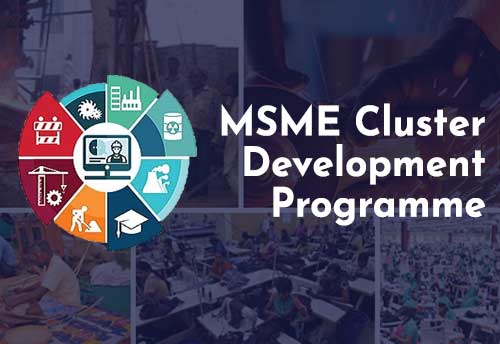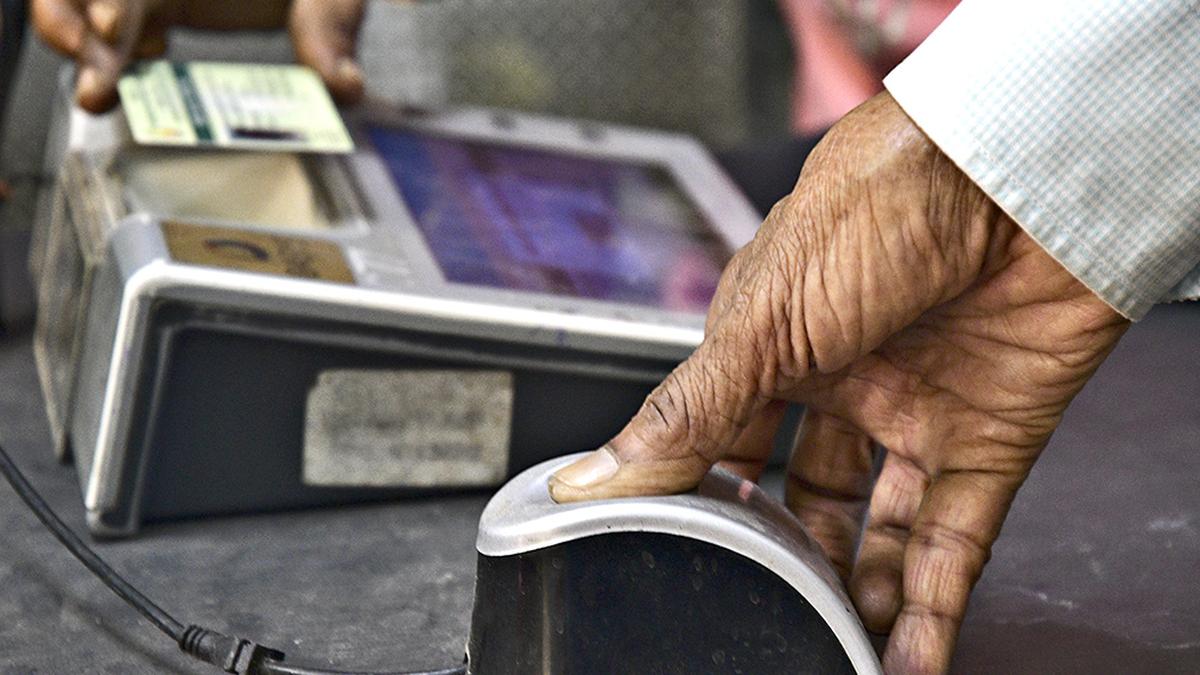Description

Disclaimer: Copyright infringement not intended.
Context
- The Government has approved New Guidelines of Micro & Small Enterprises Cluster Development Programme (MSE-CDP), which will be implemented during 15th Finance Commission Cycle (2021-22 to 2025-26).
Background
- The Ministry of Micro, Small and Medium Enterprises (MSME), Government of India (GoI) has adopted the Cluster Development approach as a key strategy for enhancing the productivity and competitiveness and capacity building of Micro and Small Enterprises (MSEs) in the country.
- A cluster is a group of enterprises located within a contiguous area or a value chain producing same/similar products/complementary products/services, linked together by common physical infrastructure facilities.
- The essential characteristics of enterprises in a cluster are:
- Similarity or complementarity in the methods of production, quality control & testing, energy consumption, pollution control, etc.,
- Similar level of technology & marketing strategies/practices,
- Similar channels for communication among the members of the cluster,
- Common market & skill needs and/or
- Common challenges & opportunities that the cluster faces.
Objectives
- To support the sustainability and growth of MSEs by addressing common issues such as improvement of technology, skills and quality, market access, access to capital, etc.
- To build capacity of MSEs for common supportive action through formation of self help groups, consortia, upgradation of associations, etc.
- To create/upgrade infrastructural facilities in the new/existing industrial areas/ clusters of MSEs.
- To set up common facility centres (for testing, training centre, raw material depot, effluent treatment, complementing production processes, etc).
Strategy and Approach
- MSE-CDP scheme aims at addressing the needs of the industries, through well defined clusters and geographical areas.
- This will enable achieving the economies of scale in terms of deployment of resources as well as focusing on the specific needs of similar industries.
- The capacity building of associations, setting up of special purpose vehicles (SPVs), consortia, etc. which are integral part of the scheme would enable the MSEs to leverage their resources and also to have better access to public resources, linkages to credit and enhance their marketing competitiveness.
Soft Interventions
- This will lead to creation of general awareness, counseling, motivation and trust building, exposure visits, market development including exports, participation in seminars, workshops and training programmes on technology upgradation, etc.
Common Facility Centre (CFC)
- This will lead to creation of tangible “assets” as Common Facility Centers (CFCs) like Common Production/Processing Centre (for balancing/correcting/improving production line that cannot be undertaken by individual units), Design Centres, Testing Facilities, Training Centre, R&D Centres, Effluent Treatment Plant, Marketing Display/Selling Centre, Common Logistics Centre, Common Raw Material Bank/Sales Depot, etc.
Infrastructure Development Centre (ID)
- This will lead to creation of infrastructural facilities like power distribution network, water, telecommunication, drainage and pollution control facilities, roads, banks, raw materials, storage and marketing outlets, common service facilities and technological backup services for MSEs in the new/ existing industrial estates/areas.
Financial assistance under the scheme
- The scheme aims at enhancing the competitiveness and productivity of Micro & Small Enterprises by undertaking interventions such as:
Common Facility Centers (CFCs):
- The central government grant will be restricted to 70% of the cost of project from Rs. 5.00 crore to Rs. 10.00 crore and 60% of the cost of project from Rs. 10.00 crore to Rs. 30.00 crore.
- In case of NE & Hill States, Island territories, Aspirational Districts, government grant will be 80% of the cost of project from Rs. 5.00 crore to Rs. 10.00 crore and 70% of the cost of project from Rs. 10.00 crore to Rs. 30.00 crore.
- The project for Common Fund for Commodities (CFC) with project cost more than Rs. 30.00 crore shall also be considered but the Government assistance would be calculated by taking into account the maximum eligible project cost of Rs.30.00 crore.
|
The Common Fund for Commodities (CFC) implements projects in partnership with governments, international organizations and other development partners from private and public sectors, which support commodity development measures and actions that promote and accelerate development, expansion and modernization of commodity sectors and contribute to sustainable development in its three dimensions i.e. social, economic and environmental.
|
Infrastructure Development
- The central government grant will be restricted to 60% of the cost of project from Rs. 5.00 crore to Rs. 15.00 crore for setting up of new Industrial Estate / Flatted Factory Complex and grant will be 50% of the cost of project from Rs. 5.00 crore to Rs. 10.00 crore for up-gradation of existing Industrial Estate / Flatted Factory Complex.
- In case of NE & Hill States, Island territories, Aspirational Districts, grant will be 70% of the cost of project from Rs. 5.00 crore to Rs. 15.00 crore for setting up of new Industrial Estate / Flatted Factory Complex.
- And it will be 60% of the cost of project cost from Rs. 5.00 crore to Rs. 10.00 crore for up-gradation of existing Industrial Estate / Flatted Factory Complex.
- The project for ID with project cost more than Rs. 10.00 crore/15.00 crore can also be considered but the government assistance would be calculated by taking into account the maximum eligible project cost of Rs. 10.00 crore/15.00 crore.
https://pib.gov.in/PressReleasePage.aspx?PRID=1828753
1.png)
Array
(
[0] => daily-current-affairs/new-guidelines-of-micro-small-enterprises-cluster-development-programme-mse-cdp
[1] => daily-current-affairs
[2] => new-guidelines-of-micro-small-enterprises-cluster-development-programme-mse-cdp
)








